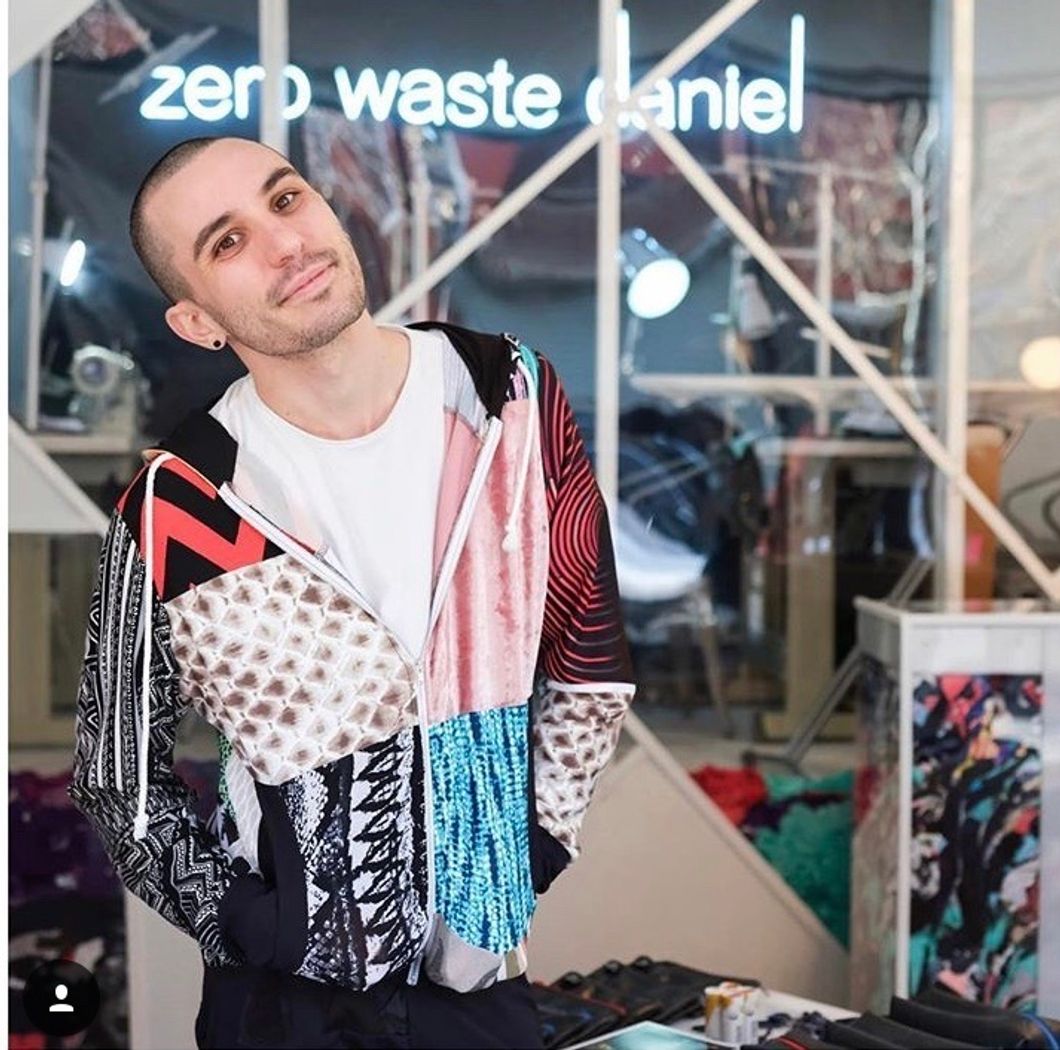While the conversation surrounding climate change is often plagued by alarmist statements and perilous precautions, there is a practical and hopeful narrative that can be found in its solutions. As much finger pointing as society likes to do, the causes of climate change would take all ten fingers and more to point out the root issues. One of the culprits that hit closest to home is the fashion industry. As an aspiring design major, I've been directly faced with the reality of the industry's harmful habits. Quick turnaround, high demand, and evolving expectations make the production environment very complex to navigate at the least.
Although the fashion industry caters to just about 7 billion people, it doesn't excuse companies, brands, and labels from producing at the expense of our world. Despite the long-held attitude of indifference towards its side-effects; as of late, climate science has left no choice for the industry but to change course. The science has made it evident that we've run out of time to be apathetic; action must be taken, and it must be taken now.
Enter the side of the climate change conversation that's introduced a variety of initiatives to promote change. Whether it's recycling ocean plastic into tennis shoes like Adidas, using up waste fabrics from larger companies like Zero Waste Daniel, or Kate Hudson's Happy x Nature, which has been developed from sustainable materials, the fashion industry is venturing into a greener future.
Adidas first announced its plans to create a sneaker from recycled ocean plastic in 2015, "Parley for the Oceans." Since the release of their first tennis shoe four years ago, they sold 5 million pairs in 2018, and they're aiming to turn out 11 million pairs in 2019. Ocean plastic is a huge threat to marine life, and it's not enough to just stockpile it in a landfill. Adidas's product development team cleverly provided a solution for at least some of that plastic. What's great about the shoe, too, is that it retails right around the price point of most of their other styles at around $130.
Alongside Adidas's recycling, Zero Waste Daniel, a designer based in Brooklyn, NY, has made it his mission to use excess fabric scraps from the industry in his own designs. Using a number of techniques, Daniel combines these remnants into new fabrics, fashions them into appliqués or mosaics, or creates whole garments. Alarmingly enough, it's reported that about 21 billion pounds of waste textiles are going to the dump from the US alone. By gathering up the leftovers from other companies, his products are helping to prevent the wastes from continuing to end up in landfills.
Although not made from reused fabrics, Kate Hudson's latest fashion venture, Happy x Nature, is produced solely from sustainable materials. The fibers of the fabrics are made from recyclables like plastic bottles, and the packaging is stated to be biodegradable. Not only is the new line eco-friendly, but it's also relatively affordable with prices ranging from $45 to $150. Let me tell you, Hudson really knocked it out of the park with this concept. I've browsed through the pieces and have fallen in love with the majority. The pieces are seriously adorable and so trendy, but the biggest seller is that I can feel good about purchasing them.
While recycling ocean plastic and sourcing waste fabrics are important strides in the right direction, consumers play an enormous role in this issue. For any of these initiatives to work, there must be consumer demand at the other end of the product. Companies and brands need to see potential consumers for greener products in order to place such products on the market. As such, as consumers, we should reevaluate our own shopping habits in regards to the apparel industry. We must take accountability for how much we purchase, how often we purchase, and how we manage the clothes after we've bought them. Our demands as customers must also align with the push for greener production and shopping patterns.

















